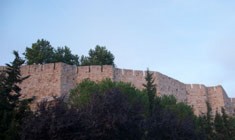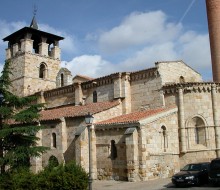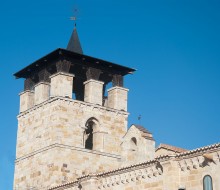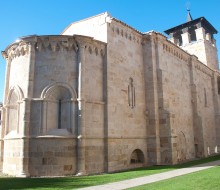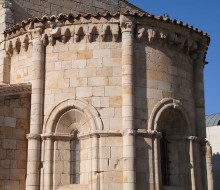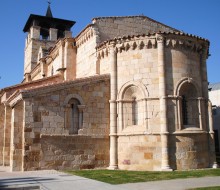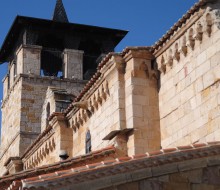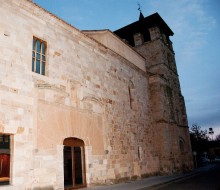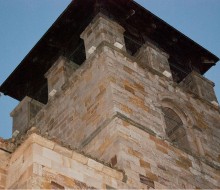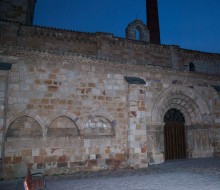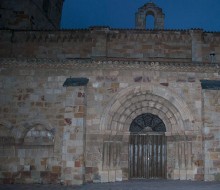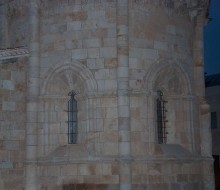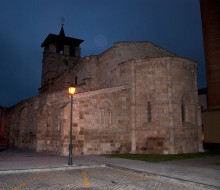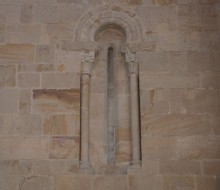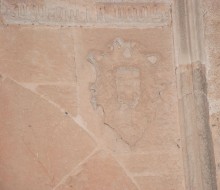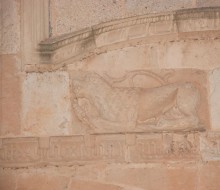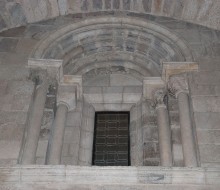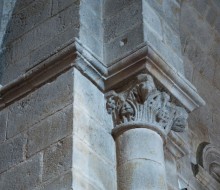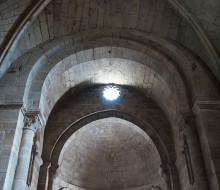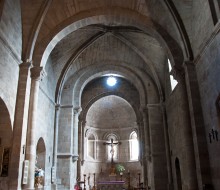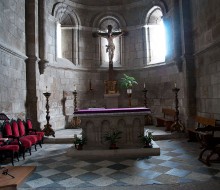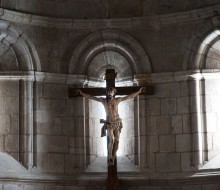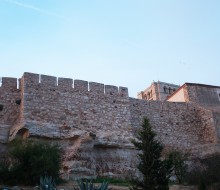Church of Santa María de la Horta
Zamora
Church of Santa María de la Horta
Zamora12th century
The Church of Santa Maria de la Horta belonged to the Knights Hospitaller of the Order of St. John of Jerusalem and later, to the nuns of the same order (from 1537 to 1847), known as “Convento de la Orden Hospitalaria de San Juan de Jerusalén” (Convent of the Hospitaller Order of Saint John of Jerusalem). From this former convent only remain the original façade, rebuilt in the 16th century, with heraldic shields of the Duke of Alba, the chapel and the choir. Nowadays it is parish church in so-called “Barrios Bajos”, the place located at the right bank of the Douro River, formerly known as “La Puebla del Valle”.
Its construction started in the 12th century, around the year 1163. It combines elements of Romanesque and high Gothic, with capitals decorated with rich and varied decoration. It has a single nave, divided into three sections that extend into another straight section before reaching the semicircular apse. The apse and doorways are remarkable and both the nave and the apse of the church belong in the 12th century. However, the tower and the southern aisle date from the early 13th-century.
A lightning struck the tower in 1863 and caused damage to the frame, some ashlars and it also moved some voussoirs of the exterior western doorway. The tower, which still remains, housed the General Archives of the Order until it was moved to Madrid in the early 20th century. Nowadays they are preserved in the National Historical Archives. It rises in the gable of the church and can be accessed through a simple door with simple semicircular arch. It has a barrel vault that covers its two sections.
Initially there were three doorways in “Santa Maria de la Horta”, but the northern was walled in. A range of motifs decorate capitals and archivolts with zig-zag decorations: plants, animals, demons...On the inside part of the doorway, can be seen slightly pointed archivolts that rest on two columns, and capitals with lion motifs. Outside, stands out the southern doorway, which comprises a semicircular arch with four archivolts and has no decoration but a series of bead moldings and scotias. Several capitals with plant motifs are flanked by others where griffins were sculpted.
It is remarkable the altar table, which rests on a supporter. It is decorated with a series of blind arches, zigzag motifs, and plant and bird adornments.
This temple was declared a National Monument on 3rd of June 1931.
GET DIRECTIONS
ROUTES
OPENING HOURS AND VISITS
From 1st October until 1st March:
Friday and Saturday: from 10:00 to 14:00 and from 16:30 to 18:30.
Sunday: from 10:00 to 14:00.
From 1st March until 30th September:
From Tuesday until Sunday: from 10:00 to 13:00 and from 17:00 to 20:00.
Closed on monday.
GENERAL INTEREST SERVICES
Tourist offices:
- Local tourist office: It is located at 5, Arias Gonzalo Square. Tel. +34 980 533 694
- Castilla y León tourist office: It is located at 1, Príncipe de Asturias Avenue. Tel. +34 980 531 845
- Provincial tourist office: It is located at Viriato Square. Tel. +34 980 534 047
Local police: Tel. +34 980 531 245
Civil Guard (police with responsibilities outside towns): Tel. +34 980 521 100
Emergency telephone numbers: 112
- Virgen de la Concha (Hospital): Tel. +34 980 548 212
Bus station: Tel. +34 980 521 281
Train station: Tel. +34 980 521 110
Taxi: Tel. +34 630 630 630
Civil defence: Tel. +34 980 536 190
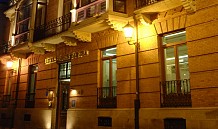
Hotel Horus
Zamora
El Hotel Horus, abierto en el año 2001, tiene un total de treinta y ocho habitaciones dobles que se dividen entre cuatro…
More info